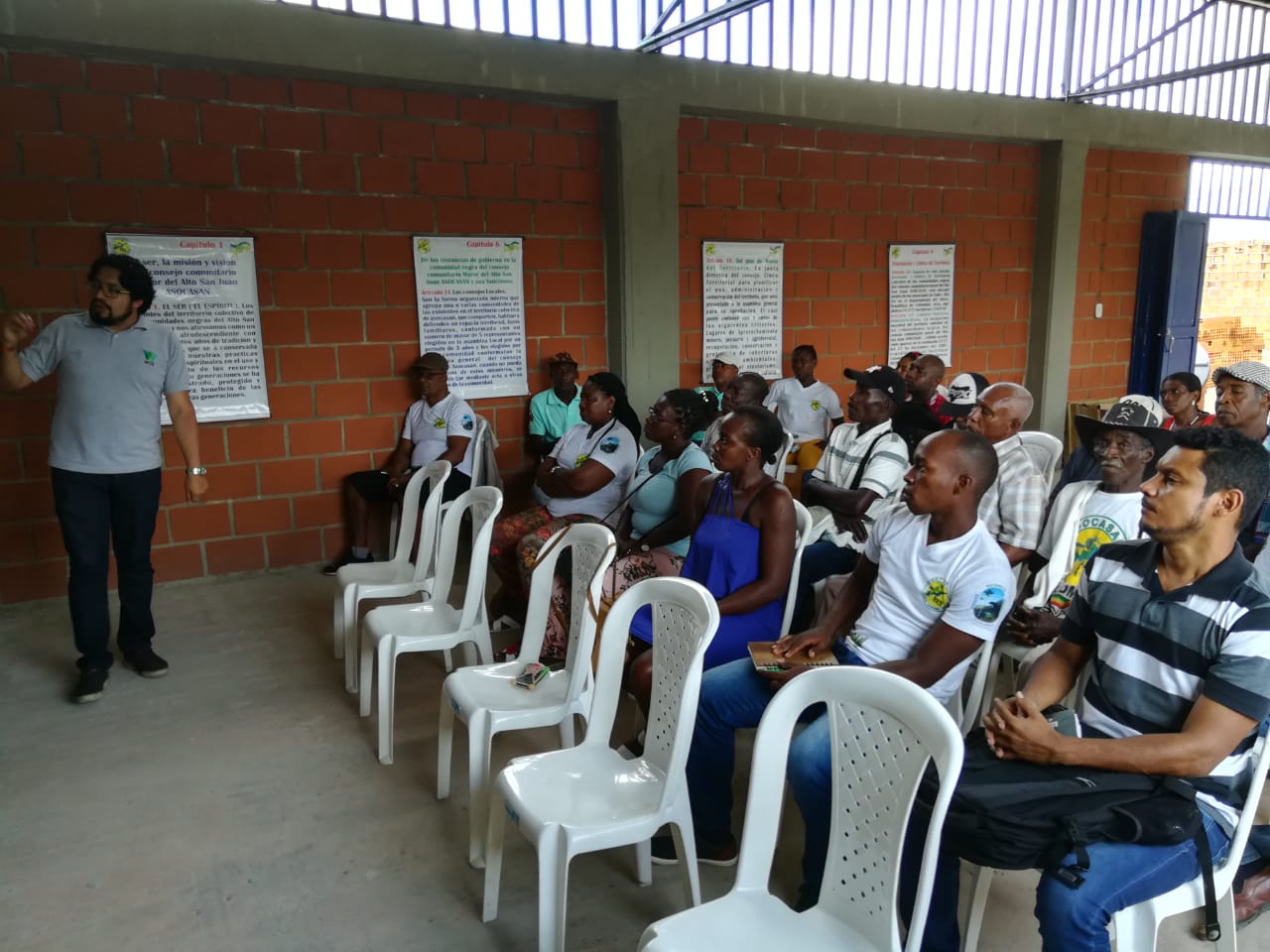"We support public and private stakeholders in strengthening their knowledge and capacities related to the implementation of the mitigation hierarchy and environmental obligations, particularly biodiversity offsetting."

To achieve this, we develop a range of strategies and tools that facilitate the implementation of best practices on these topics:
Digital training modules: through videos, booklets, and interactive exercises, interested audiences can learn about various environmental obligations, their general characteristics, and some technical aspects of their implementation. The modules are available at:
BASIC MODULS
Biodiversity Offsetting
|
|
Offsetting is the final step in a series of actions aimed first at avoiding, minimizing, and restoring the negative impacts that projects may have on ecosystems. An offset must result in biodiversity gains that are equal to or greater than the losses incurred.
You can also explore the booklet Biodiversity Offsetting
Investments for the Use of Water from Natural Sources
|
|
The mandatory investment of no less than 1% is a regulatory instrument that requires all projects withdrawing water from natural sources to invest at least 1% of their total project cost in activities aimed at the preservation and conservation of water resources. This module outlines the general aspects of this instrument, its regulatory development, and some guidance for its implementation.
You can also explore the booklet Mandatory Investment of No Less Than 1%.
Protection of Strategic Areas for Water Resource Conservation
|
|
The recovery and care of environmentally strategic areas that are key to protecting water resources—including forests, aquifer recharge zones, páramos, wetlands, springs, water sources, and other ecosystems that safeguard biodiversity and the water we consume—are essential tasks. Every conserved portion of water-supplying territories, every patch of forest that is restored and protected, has a direct impact on the quality of water, human well-being, and aquatic ecosystems. In turn, this leads to lower water treatment costs and greater safety for human health. In this regard, Colombia’s Law 99 of 1993 declared as a matter of public interest those strategic areas vital for the conservation of water resources supplying municipal and district aqueducts, and established mandatory investments for the acquisition of these areas.
You can also explore the booklet Article 111 – Law 99 of 1993
Payment for Enviromental Services
The activities we carry out daily—and our very existence—depend on components and functions of the nature around us, from basic and obvious elements such as drinking water, the air we breathe, and the food we consume, to others that might initially go unnoticed but are equally essential; for example, biodiversity and the landscapes we enjoy every day. The availability and quality of these environmental services require the care, protection, or management of the areas capable of providing them and influencing their supply. With this goal, voluntary Payment for Environmental Services (PES) mechanisms have emerged as instruments designed to recognize and incentivize conservation, as well as the adoption of more environmentally friendly practices.
You can also explore the booklet Voluntary Payment for Environmental Services Mechanisms
Advanced Module - Measuring Biodiversity Lossed and Gains
One of the most significant technical challenges in implementing biodiversity offsetting activities is demonstrating no net loss. This advanced training module aims to provide information on measuring biodiversity losses and gains in general, and specifically in Colombia, as a tool to help demonstrate no net loss, plan better offsets, and thereby improve the effectiveness of offsets in the country.
Download the module here. Once downloaded, please view it in your preferred web browser.
Advanced Module - Correctly Identifying Additionality
Additionality is a relatively new principle within the framework of conservation projects in Colombia. This advanced module aims to clarify this concept and suggest an approach for its application within biodiversity offsetting, with the hope that its practice and implementation will generate concrete solutions for the Colombian context.
Download the module here. Once downloaded, please view it in your preferred web browser.
Traslated with AI support